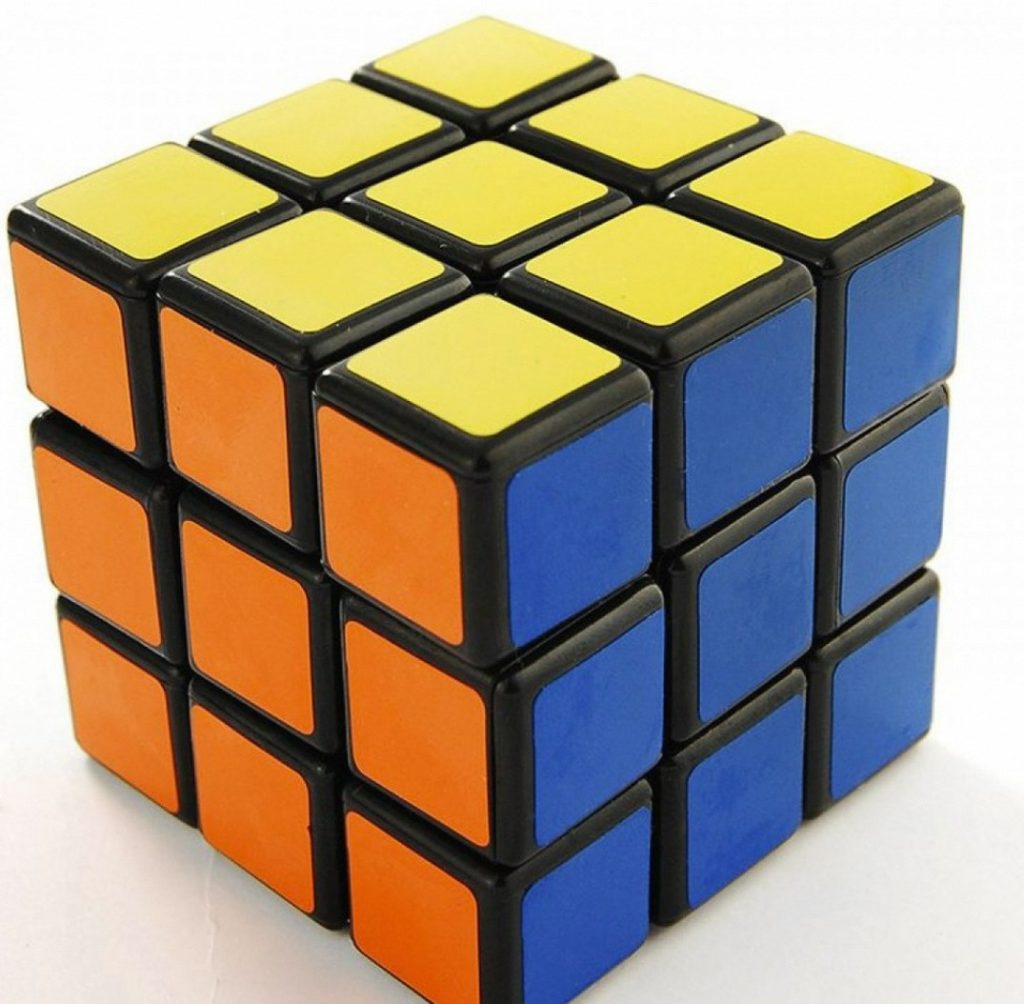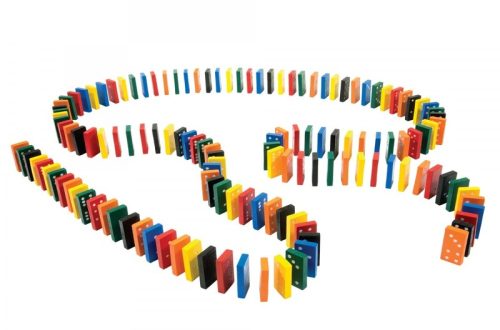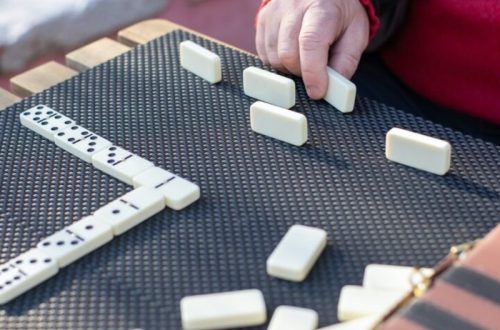The 2×2 Rubik’s Cube, also known as the Pocket Cube, may seem like a simple puzzle, but mastering efficient solving techniques can significantly improve your speed and impress your friends. This article outlines a beginner-friendly approach with four key parts, each containing two crucial strategies for conquering the Pocket Cube.
Part 1: Building a Strong Foundation

Understanding the Notation:
Familiarize yourself with the basic notation used for describing cube moves. The letters represent the face rotations: R (Right), L (Left), U (Up), D (Down), F (Front), and B (Back). Each letter can be followed by an apostrophe (‘) for a counterclockwise turn or a number (e.g., R2) for multiple repetitions.
Learning Beginner Algorithms:
When it comes to solving the 2×2 Cube, multiple beginner algorithms can be utilized. One popular and widely-used approach is to start by completing the white face, then move on to solving the yellow face, and finally work on orienting the final layer. It’s essential to select a method that feels comfortable and intuitive to you and then dedicate time to practicing the associated algorithms until they are ingrained in your memory. By repeatedly executing these algorithms, you can develop familiarity and fluency, making the solving process more efficient and less reliant on referring to step-by-step guides. This practice allows you to build muscle memory and a deeper understanding of the cube’s mechanics, ultimately enhancing your ability to solve it independently. Additionally, as you become more proficient, you may even refine the algorithms or develop your own techniques, contributing to a more personalized and efficient solving process.
Part 2: Optimizing the White Face

Inspection and Planning:
Before making any moves on the Rubik’s Cube, take a moment to carefully analyze the white face. Assess the current arrangement of the white corner pieces and consider their positions relative to each other. Identify how many of the white corner pieces are correctly placed and orientated. By understanding the configuration of the white face, you can then plan a sequence of rotations and moves to manipulate the pieces into their correct positions. By strategizing your approach and visualizing the necessary moves beforehand, you can optimize your solving process and minimize unnecessary rotations. This pre-planning step can significantly improve your efficiency and accuracy in solving the Rubik’s Cube, ultimately reducing the time and effort required to complete the white face. With a clear plan in mind, you can proceed to execute the moves with greater confidence and precision.
Efficient Rotations:
Instead of randomly turning the top layer of the Rubik’s Cube in hopes of aligning multiple white pieces, it is highly advantageous to employ specific algorithms designed to move multiple white pieces simultaneously. Algorithms such as (R’ D’ R D) or (R U R’ U R U2 R’) are particularly useful in this context, as they can significantly reduce the number of individual rotations needed to position the white pieces correctly. By executing these targeted algorithms, you can efficiently manipulate the white pieces while minimizing unnecessary movements. This not only saves time but also contributes to a more systematic and strategic approach to solving the Rubik’s Cube. Having a repertoire of effective algorithms at your disposal enables you to approach the solving process with a methodical and efficient mindset, ultimately leading to quicker and more precise resolutions of the puzzle.

Part 3: Conquering the Yellow Face
Yellow Cross Formation:
Once you have successfully completed the white face of the Rubik’s Cube, the next step is to concentrate on forming the yellow cross on the top layer. The technique involves using specific algorithms to manipulate the cube’s pieces to achieve the desired arrangement. For example, a commonly used algorithm for creating the yellow cross is (R U R’ U’ R U R’ U2 R’). By following the steps and executing the algorithm, you can efficiently orient and position the yellow edge pieces to form the cross, regardless of the initial configuration of the cube, and ultimately achieve the final goal of having all sides uniformly colored, progressing towards solving the Rubik’s Cube. Mastering these algorithms and sequences is essential for successfully solving the Rubik’s Cube and can significantly enhance your solving speed and efficiency.
Yellow Edge Positioning:
Once you successfully form the yellow cross on the top layer of the Rubik’s Cube, the next step is to concentrate on positioning the remaining yellow edges correctly. This involves using specific algorithms to manipulate the cube’s pieces in a manner that repositions the yellow edges while preserving the already resolved portions of the cube. For example, one commonly used algorithm for swapping two yellow edges without disrupting the already solved sections is (R’ U R’ D2 R U’ R’ D2 R2). By executing this algorithm, you can efficiently reposition the yellow edges to progress towards completing the top layer uniformly. Understanding and mastering these algorithms is crucial for advancing through the stages of solving the Rubik’s Cube efficiently and without undoing the progress made on previously solved portions of the puzzle.

Part 4: Perfecting the Final Layer
Orientation of the Yellow Center Piece:
The final step involves ensuring all four yellow center pieces face the same direction. Analyze the configuration and use algorithms like (R U R’ U’ R U R’ U2 R’) to rotate the center piece as needed.
Practice and Refinement:
Consistent and dedicated practice is essential in enhancing your speed and efficiency in solving the Rubik’s Cube. Once you have gained a level of comfort with the basic algorithms, it is beneficial to venture into more advanced techniques to further optimize your speed and problem-solving capabilities. For example, advanced methods like Ortega and CLL (Corners Last Layer) can significantly improve your speed in solving the Rubik’s Cube. These techniques involve more complex algorithms and strategies, which, when mastered, allow for quicker and more efficient solving. By exploring these advanced methods and incorporating them into your practice routine, you can enhance your overall performance and elevate your solving abilities to a higher level. While initially challenging, with consistent practice, these advanced techniques can become integral components of your solving repertoire, enabling you to achieve faster solving times and greater mastery of the Rubik’s Cube.

Remember, solving the 2×2 Rubik’s Cube is a journey of practice and refinement. By focusing on these efficient strategies and consistently practicing, you’ll be conquering this pocket-sized puzzle in no time.


